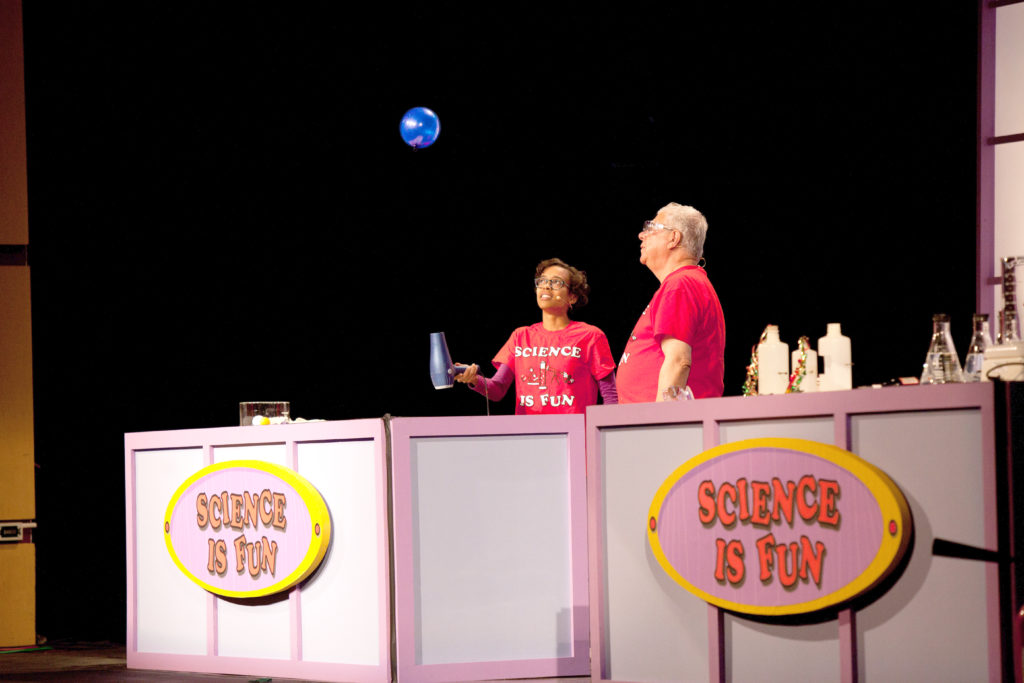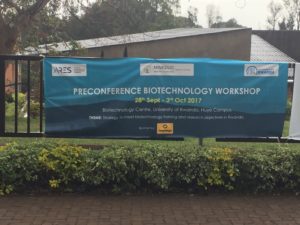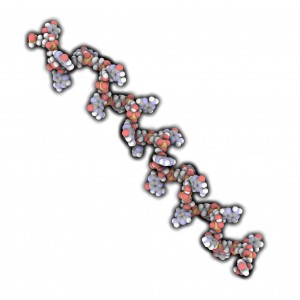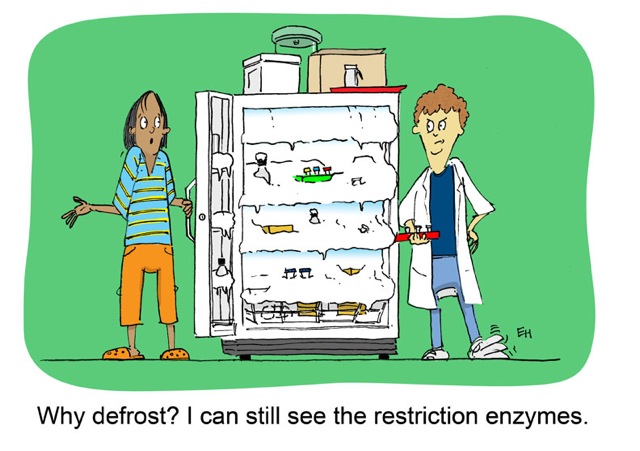This past weekend, I had the opportunity to be a part of “Once Upon a Christmas Cheery in the Lab of Shakhashiri”. Bassam Z. Shakhashiri is a professor of chemistry at the University of Wisconsin–Madison who is well-known for his fun science demonstrations and a fervent dedication to public science communication. Once Upon a Christmas Cheery started in 1970 as an end-of-semester treat for Dr. Shakhashiri’s freshman chemistry class; by 1973, the Christmas lecture had become so popular that Wisconsin Public Television offered to broadcast it during Christmas week, and this collaboration has continued uninterrupted ever since.
That’s 49 years of Christmas lectures, commemorated by making indium, the 49th element, the Sesame Street-esque “sponsor” of the show. It helps that indium burns bright violet, the name of Dr. Shakhashiri’s granddaughter and hence his favorite color. The color purple made a firm foundation for many aspects of the show: The chrysanthemums frozen in liquid nitrogen were purple, as was the balloon I inflated during my spiel on air movement. Most of the set was various shades of purple, too.







 The start of a new year is always a good time for reflection. For those of us at the BioPharmaceutical Technology Center Institute (BTC Institute), this means looking at the programs we offer and considering ones we might like to develop.
The start of a new year is always a good time for reflection. For those of us at the BioPharmaceutical Technology Center Institute (BTC Institute), this means looking at the programs we offer and considering ones we might like to develop.